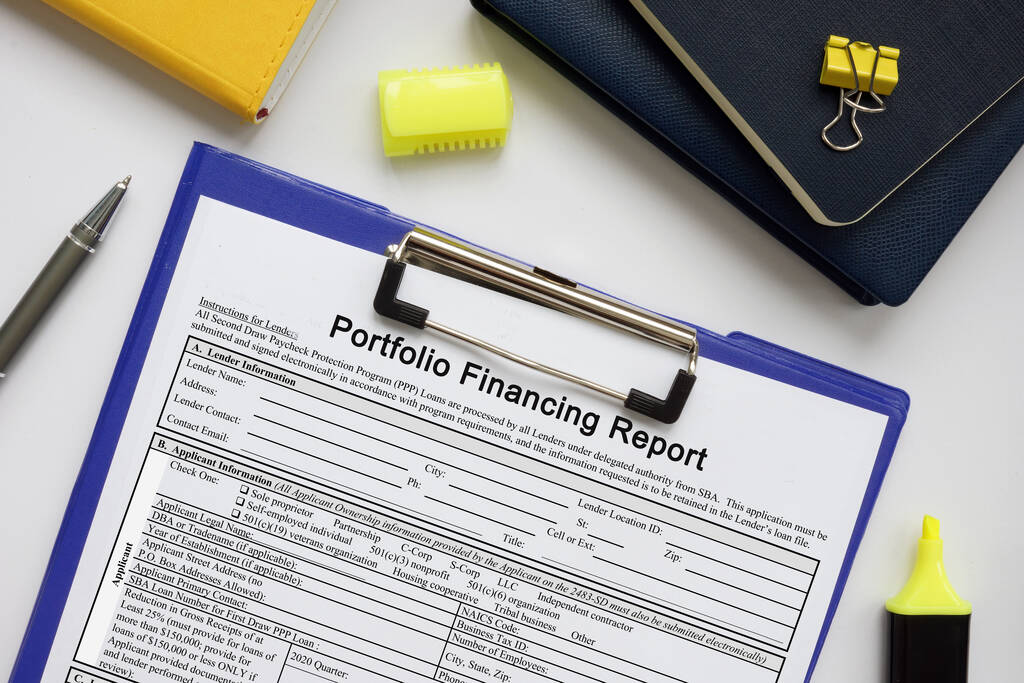Understanding the Rules of 1031 Exchanges: A Comprehensive Guide
In the realm of real estate investing, tax strategies play a crucial role in maximizing profits and minimizing liabilities. One powerful tool available to investors is the 1031 exchange, also known as a like-kind exchange. This provision of the Internal Revenue Code allows investors to defer capital gains tax on the sale of investment properties by reinvesting the proceeds into another qualifying property. However, it is essential to understand the rules and requirements surrounding 1031 exchanges to ensure compliance and reap the benefits fully.

- What is a 1031 Exchange?
A 1031 exchange refers to a transaction that allows an investor to defer capital gains taxes on the sale of a property by reinvesting the proceeds into another qualifying property. This provision is named after Section 1031 of the Internal Revenue Code. It provides investors with a unique opportunity to preserve and enhance their wealth by deferring taxes, thereby allowing for the potential growth of their investment portfolios.
- Qualified Properties
To qualify for a 1031 exchange, both the relinquished property (the property being sold) and the replacement property (the property being acquired) must meet specific criteria. The properties involved must be held for investment or used in a trade or business. Typically, real estate properties such as residential, commercial, industrial, and vacant land are considered eligible for a 1031 exchange.
- Like-Kind Requirement
One of the fundamental rules of a 1031 exchange is the like-kind requirement. Under this rule, the replacement property must be of “like-kind” to the relinquished property. However, contrary to popular belief, the term “like-kind” does not mean the properties have to be identical in nature or use. For example, a residential property can be exchanged for a commercial property, or a vacant land can be exchanged for an apartment building. As long as both properties are held for investment or business purposes, they are considered like-kind.
- Timeline and Identification Rules
Timing is critical in a 1031 exchange. The investor must adhere to strict timelines to comply with the IRS regulations. From the date of the sale of the relinquished property, the investor has 45 days to identify potential replacement properties. The identification must be made in writing and submitted to a qualified intermediary. Additionally, within 180 days of the sale, the investor must complete the acquisition of the replacement property.
- Qualified Intermediary
To facilitate a 1031 exchange, the involvement of a qualified intermediary (QI) is mandatory. The QI is an independent third party responsible for holding the proceeds from the sale of the relinquished property and ensuring compliance with the exchange rules. The QI assists in facilitating the exchange by transferring the funds to acquire the replacement property directly, thereby avoiding the investor’s receipt of the funds and triggering a taxable event.

- No Cash Boot
To achieve a complete tax deferral, it is essential to avoid receiving any cash or non-like-kind property during the exchange. Cash or property received in addition to the like-kind property is known as “boot.” If the boot is received, it is subject to taxation. Therefore, investors must ensure that the value of the replacement property is equal to or greater than the value of the relinquished property to avoid any taxable consequences.
- Vacation and Personal Use Properties
1031 exchanges are specifically designed for investment and business properties. Therefore, properties primarily used for personal purposes, such as vacation homes or second homes, do not qualify for tax-deferred treatment. However, if certain conditions are met, a portion of a property used for personal purposes can potentially be exchanged through a partial exchange.
Learn more at Wiki as well.